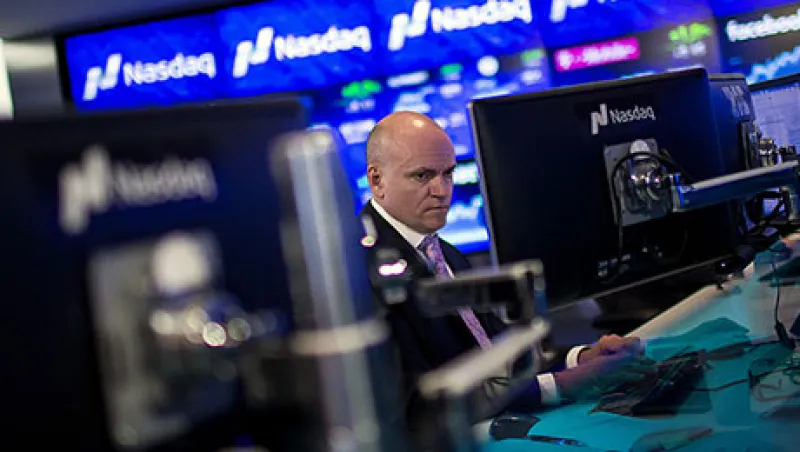To properly settle into my new role as Institutional Investor’s resident dissident, I took stock of the II dominion and quickly felt like an anthropologist who had come upon a civilization that fetishizes a minor deity in a polytheistic religion. I am, of course, referring to II’s ranking of equity analysts, exceptionally manifested in the annual All-America Research Team.
This idolatry of analysts is a new phenomenon to me, which got me thinking: What is the analyst’s role in the pantheon of the Alpha Gods?
While buy- and sell-side analysts might have different commercial motives, their raison d’être is the same: Through a typically fundamental-driven research process, uncover valuable insights about an industry or specific companies and distribute these insights to a select group of users — namely, the portfolio managers and traders who make capital allocation decisions.
An analyst’s value should be commensurate with his or her effect: Does the research help users make better investment decisions? Does it provide them with an edge?
Gaining an informational edge is incredibly difficult, especially because analysts, and investors in general, tend to use the same quantitative information (price, economic, and financial data) and similar methodologies — for example, a cash flow or dividend discount model, or speaking with management — to extract insights from this information.
It would seem that the best analysts, like the best investors, are those who transcend groupthink and use all available information and investigative techniques to gain an edge. (This might be a tagline if I were choosing the II analyst of the year: “Rising above groupthink, despite my CFA.”)
This abandonment of the status quo should naturally lead analysts to embrace big data — both the large-scale, complex nontraditional data sets whose size, variety, velocity, and complexity are beyond the capabilities of typical database software (think social, geospatial, security, health, news) and the computational methods such as machine and deep learning that identify patterns and discover relationships within these data.
The use of satellite imagery to count cars in a Walmart parking lot or tweets to predict stock price are not examples of this transcendental embracement. Instead, consider that analysts universally value private calls with company management, believing that these behind-the-scenes conversations could reveal unique information. Yet because of Regulation FD’s restrictions on selective disclosure, management is typically cautious in their discourse with analysts: The late Dwayne Andreas famously told analysts that “getting information from me is like frisking a seal.”
Analysts must extract insights from these constrained conversations by deciphering nonlinguistic cues for emotive content. For example, according to a recent paper on the industry, one analyst claimed to be able to “read [management’s] body language — even on the phone — and get a feel for how optimistic they are or how realistic something might be.”
Instead of relying on such well-intended but antiquated tactics to uncover a speaker’s emotional valence, I would expect analysts to engage in an arms race to acquire and use the best machine learning algorithms to automatically detect and measure, in real time, a variety of human emotions in a speaker’s voice with a relatively high degree of accuracy. And if analysts believe private communications with management are high-value opportunities, then they should be conducting these conversations via webcam, which would allow the analyst to quantify the speaker’s emotional expressions through real-time video analysis of facial expressions. (Also, I would expect the best management teams to employ such biometric analytics when they speak with analysts so they can measure and respond to the analyst’s emotive state.)
The world has changed, a fact captured by Paul Tudor Jones’s dictum, “No man is better than a machine. And no machine is better than a man with a machine.” But the précis of each 2016 All-America analyst reveals no evidence that they have embraced this truth.
Realistically, this man–machine symbiosis is a transitory state that represents the analyst’s apogee in the investment pantheon. I agree with Two Sigma’s David Siegel that “eventually, the time will come that no human investment manager will be able to beat the computer.”
Algorithms will soon displace analysts entirely, meaning that these algorithms will themselves become eligible, in principle, for election to the II All-America Research Team (although country of origin will be an alien concept).
Of course, this will require II to dispossess itself of its long-held fetish and devise a new selection methodology. After all, who would vote for an algorithm? •






